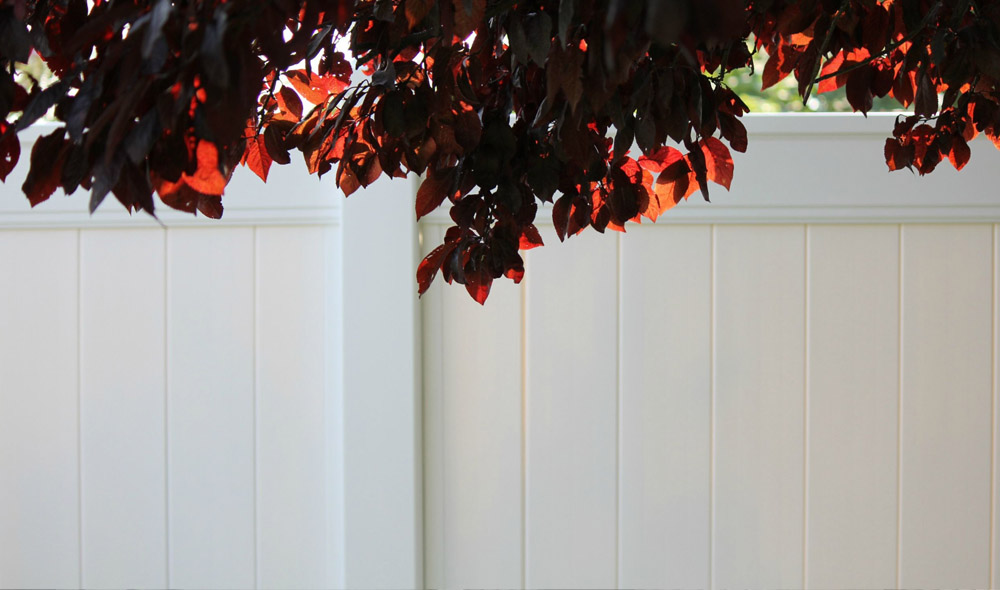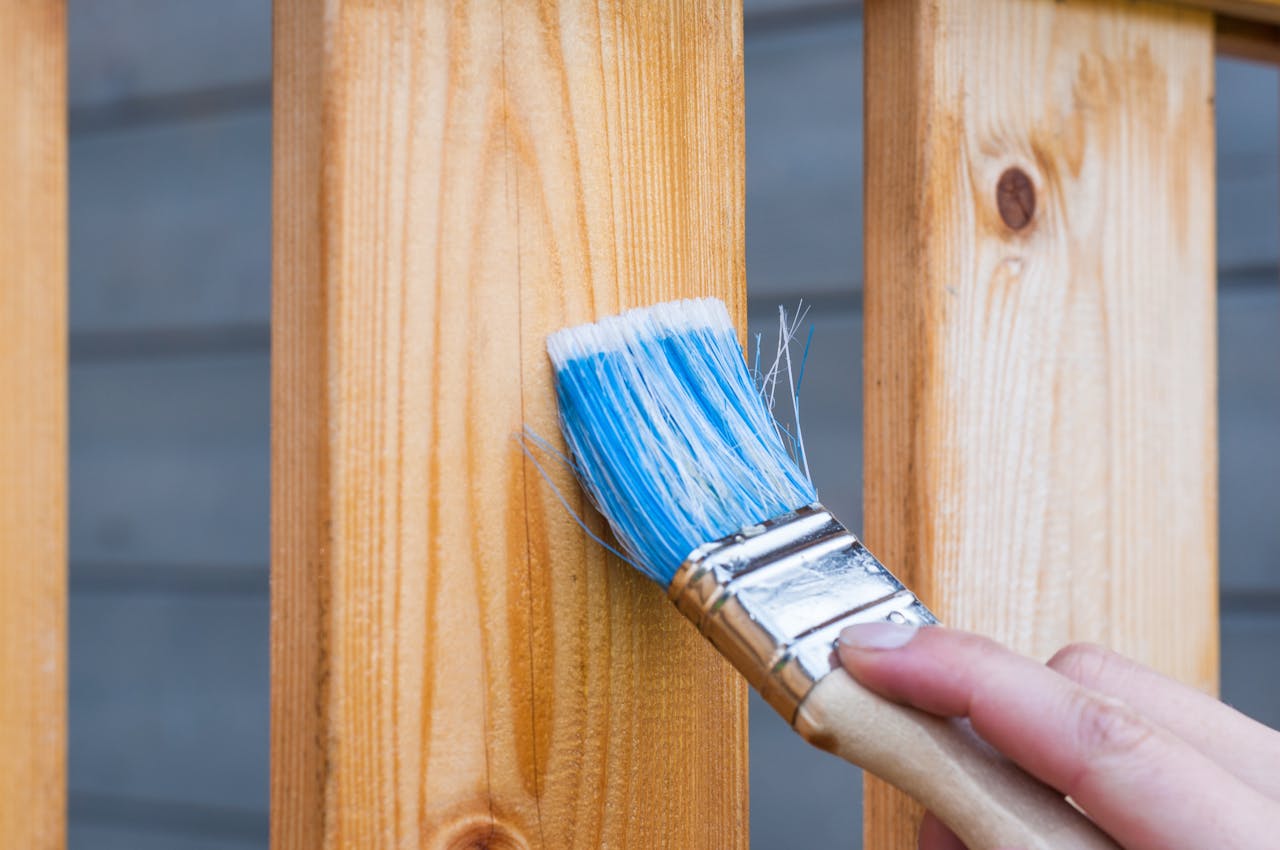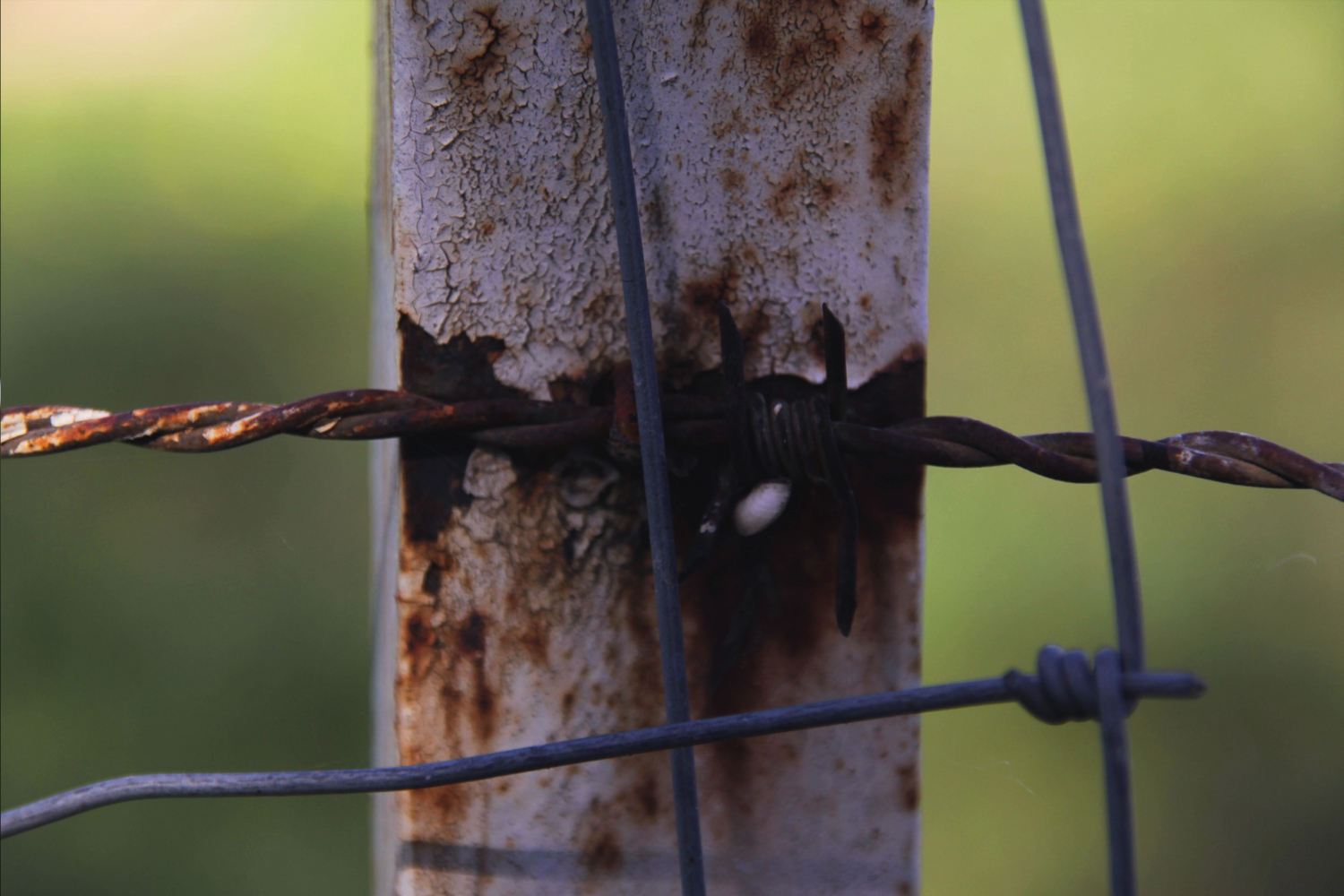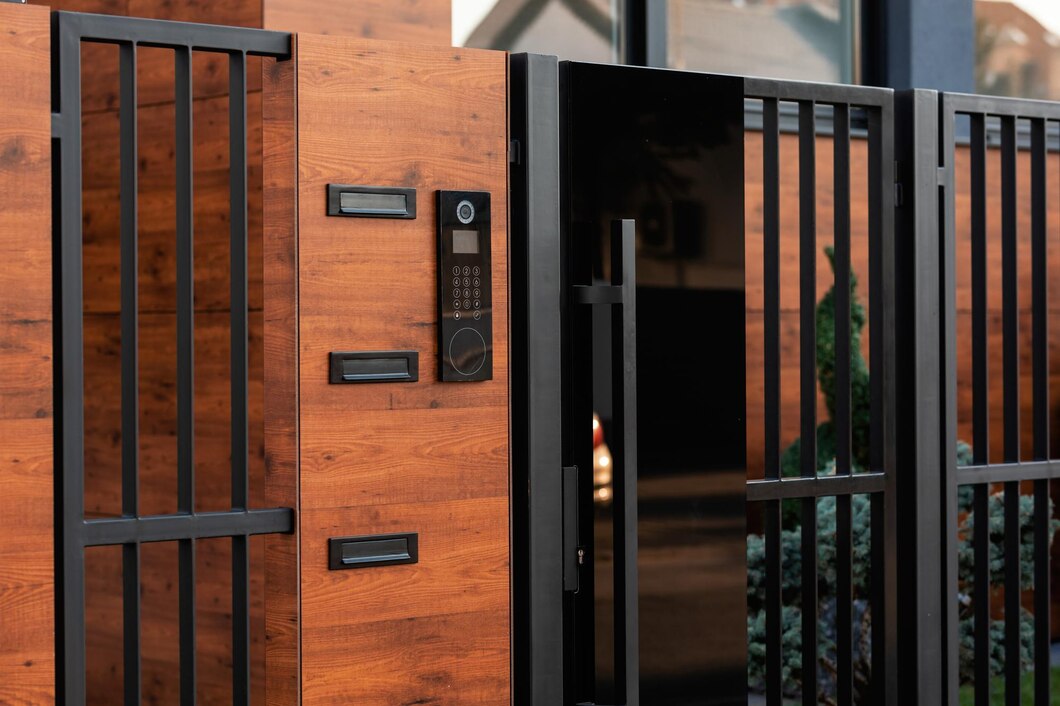When it comes to choosing a fence, durability and resistance to various weather conditions, including wind, are essential factors to consider. Vinyl fencing has gained popularity due to its numerous benefits, but can it withstand strong winds? In this blog post, we will explore the strengths and limitations of vinyl fencing when it comes to wind resistance.
- Design and Construction
Vinyl fencing is constructed with interlocking panels that are securely attached to sturdy posts and rails. This design provides structural integrity and helps the fence withstand external forces, including wind. The panels are typically reinforced with aluminum or steel inserts to enhance their strength and stability.
- Wind Ratings
Vinyl fencing is tested for wind resistance, and manufacturers provide wind ratings for their products. These ratings indicate the maximum wind speed that the fence can withstand without sustaining damage. It’s important to consider the wind ratings and choose a vinyl fence that is suitable for the average wind conditions in your area.
- Installation and Maintenance
Proper installation is crucial for the wind resistance of any fence, including vinyl fencing. The posts must be securely set in the ground, and the panels should be properly attached to ensure a solid and stable fence. Regular maintenance, such as inspecting for loose or damaged components and making necessary repairs, will help maintain the fence’s integrity.
- Wind Conditions
While vinyl fencing is generally sturdy, extremely high winds can pose a challenge for any type of fence. Factors such as the duration and intensity of the wind, as well as the exposure of the fence to open or elevated areas, can impact its performance. In areas prone to severe storms or hurricanes, additional precautions may be necessary to ensure the fence’s wind resistance.
- Mitigating Wind Damage
There are steps you can take to improve the wind resistance of your vinyl fence. These include installing the fence in a way that minimizes wind resistance, such as leaving gaps between panels to allow wind to pass through. Additionally, planting windbreaks such as shrubs or trees near the fence can help reduce the impact of strong winds.
Vinyl fencing is designed to withstand normal wind conditions and offers excellent durability and strength. With proper installation, regular maintenance, and consideration of wind ratings, vinyl fences can generally withstand typical wind speeds. However, it’s important to be aware of the wind conditions in your area and take precautions if you live in an area prone to high winds. By understanding the strengths and limitations of vinyl fencing, you can make an informed decision and ensure your fence stands strong in various weather conditions, including wind.







